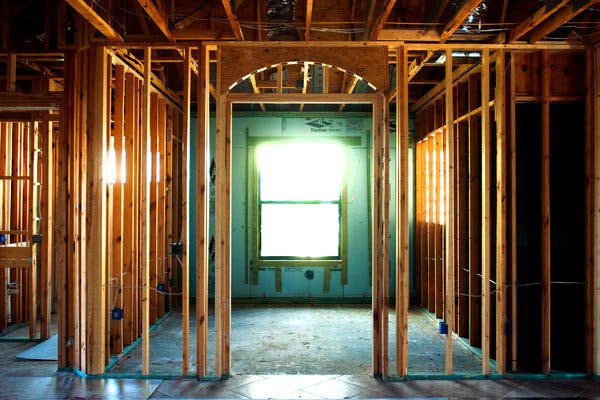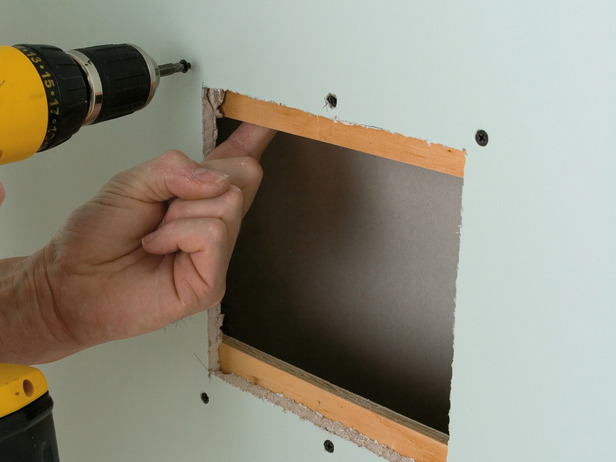Drywall screws have actually ended up being the basic fastener for protecting full or partial sheets of drywall to wall studs or ceiling joists. Drywall screws’ lengths and evaluates, thread types, heads, points, and structure at first may appear incomprehensible. However within the location of do-it-yourself home improvement, this huge range of options limits to just a couple of well-defined picks that work within the restricted types of uses encountered by a lot of house owners. Even having a good manage on just the 3 main features of drywall screws will assist drywall screw length, gauge, and thread.
For most work involving 1/2-inch drywall on installed on wood studs, the phosphate coated, coarse thread 1 1/4- inch or 1 5/8- inch drywall screw does a trusted task. This screw is affordable and can be purchased in large tubs, given that drywall work requires a wide range of fasteners. The 1 5/8- inch drywall screw can be challenging to sink, considering that a lot shaft stays after the first 1/2-inch of the drywall thickness is covered. Going back on length indicates much easier driving however it also does mean lowering holding strength. Since the last 1/8-inch of sink is crucial (where the bugle head of the screw needs to crease however not tear the external paper layer), this shorter screw makes it much easier to adjust that last 1/8-inch of a drive.

Drywall Screw Lengths
1/4-inch drywall: Use 1-inch to 1 1/4- inch drywall screws
1/2-inch drywall: Usage 1 1/4- inch or 1 5/8- inch drywall screws
5/8-inch drywall: Use 1 5/8- inch or 2-inch drywall screws
Screws intended for building and construction normally range from 1 inch to 8 inches long. The factor is due to the fact that constructing materials can have a large range of densities: from sheet metal to four-by-four posts and even thicker. Not so with drywall.
The majority of drywall set up in houses is 1/2-inch thick. Thickness can often increase or reduce, however only by very little and not very often. About the only time that do-it-yourselfers will require to install thicker drywall is with fire code or type-x drywall. At 5/8-inch, type-x drywall is slightly thicker to retard the spread of flames and is utilized in garages and walls adjacent to furnace rooms. Drywall that is 1/4-inch thick is in some cases utilized as dealing with walls and ceilings. Since it is versatile, it can be used to form curves. Still, the majority of drywall installed by do-it-yourselfers in kitchens, restrooms, and general areas will be 1/2-inch thick.
Drywall Screw Threads
Coarse: Use coarse-thread drywall screws for a lot of wood studs.
Fine: Fine-thread drywall screws are self-threading, so they work well for metal studs.
One important function to be knowledgeable about when acquiring drywall screws is thread type: coarse or fine.
Coarse-thread drywall screws work best for the majority of applications including drywall and wood studs. The large threads are good at gripping into the wood and pulling the drywall against the studs. One disadvantage of the coarse-thread screws is the metal burrs that can embed in your fingers. Be sure to wear gloves when dealing with coarse-thread drywall screws.
Fine-thread drywall screws are best for installing drywall to metal studs. Coarse threads tend to chew through the metal, never ever gaining appropriate traction. Fine threads work well with metal due to the fact that they are self-threading.
Drywall Screw Gauges
Assess refers to the diameter of the drywall screw. In many cases, you will be utilizing either # 6 or # 8 drywall screws. Bear in mind that as gauge numbers increase, the screw ends up being bigger in diameter. So, a # 6 drywall screw would be thinner than a # 8 drywall screw. While this might appear evident, numerous products related to house building and construction work in the opposite direction. For example, smaller number sandpaper grits are really coarser than grits with higher numbers.
Real sizes of drywall screw gauges:
Gauge is typically expressed as the 2nd number after the length. For example, a 1 5/8- inch long screw with a # 6 gauge would be revealed as: “1 5/8 inch x 6.”.
Drywall Screw Uses.
The main function for drywall screws is securing complete sheets of drywall (typically 4-foot by 8-foot for do-it-yourselfers) or partial sheets of drywall to either wood or metal studs.
Drywall screws benefit fixing nail pops. If you have an older home and discover walls that have mysterious circular bumps, then you have what are called nail-pops. Before drywall screws entered into widespread usage, drywall was nailed into place with short, wide-head nails. While drywall nails are still around and do have their usage as a quick method to fasten wall board, drywall screws have actually developed as the requirement approach of connecting drywall to studs specifically because of the nail-pop issue.
Some do-it-yourselfers utilize drywall screws for one unexpected purpose: developing projects. Drywall screws tend to be breakable. Instead of flexing, they can snap. Drywall screw heads are especially prone to easily breaking off, leaving the shaft section embedded in your wood. No screw extractor can eliminate a headless screw. No woodworker would ever use drywall screws for fine structure. Avoidance of drywall screws is especially crucial with heavy or perhaps moderate building tasks, critically with outdoor projects like fences and decks. However drywall screws can be utilized for light building jobs or for momentary building when safety is not an aspect.
How to Drive Drywall Screws.
As a do-it-yourselfer or any kind of casual drywall installer, you will not need a devoted drywall screwgun. A drywall screwgun is a specialized tool utilized for hanging drywall. It is a more compact, lighter, and lower torque tool than many cordless drills. While screw-guns do an excellent task of driving drywall screws, they have such restricted performance for homeowners that it is unneeded to buy them.
If your cordless drill does not have adjustable speed and a clutch so that you can differ torque, then you will need to purchase one with these functions. The ability to lower torque with the clutch avoids you from removing the screwhead, a problem otherwise known as camming out.
To appropriately drive a drywall screw, pierce the paper with the sharp point of the screw. Location the drill-driver bit on the screw, switch on the drill, and let the screw draw itself into the drywall and stud. About three-quarters of the method through, you will require to exert more force. If not, the head will cam-out.
Stop when the head and paper are even with each other. Then use another quarter- or half-turn to the screw to cause it to sink simply below the paper, without tearing the paper.
Drywall Screw Terminology and Features.
Bugle head: Bugle head refers to the cone-like shape of the screw head. This shape assists the screw to stay in the location, without tearing all the way through the external paper layer.
Sharp point: Some drywall screws specify that they have a sharp point. The point makes it simpler to stab the screw into the drywall paper and get the screw started.
Screws-per-pound: Most often, bigger size boxes of drywall screws are determined by weight, not the number of screws. For instance, 1 5/8- inch coarse thread # 6 screws will yield about 200 screws per pound.
A drill-driver bit to utilize: For a lot of drywall screws, you will generally use a # 2 Phillips head drill-driver bit. While lots of building and construction screws have started to adopt Torx, square, or heads aside from Phillips, many of them still utilize Phillip’s head.
Coatings: Black drywall screws have a phosphate covering to resist corrosion. A different type of drywall screw has a thin vinyl finish that makes them much more corrosion-resistant. Furthermore, they are simpler to attract due to the fact that the shanks are slippery.

